Reply To: Empowering Students to Inquire in a Digital Environment
Home › Forums › The nature of inquiry and information literacy › Empowering Students to Inquire in a Digital Environment › Reply To: Empowering Students to Inquire in a Digital Environment
Barbara’s chapter has so much to explore that it is difficult to know where to stop, but my last comments (for now!) relate to source evaluation. This has always been an important part of our job as Librarians, however, as Stephanie says, the access to resources that students now have through the internet means that it is not enough for us to curate resources for students, they need to be able to evaluate them for themselves. This has long been a staple of Information Literacy teaching and is one of the many skills that Librarians continue to deliver, support and develop through inquiry.
We use the CRAAP test* with our students, and one of the complaints they often make is “but that will take too much time” – and that is part of the point. While it is very important to evaluate all the sources you use, this is especially important and particularly time consuming for sources from the free internet. While we don’t want to make the task so onerous that they don’t bother, equally there is no point making a very superficial evaluation of a website. That just promotes false confidence in poor sources. Making a reasonable effort with source evaluation also levels the playing field for books and databases – the extra effort to access these generally (but not always) more reliable sources seems worth it when balanced against the extra effort required to determine the value of a general internet source.
I strongly recommend John Royce’s excellent series of three articles entitled Not just CRAAP when preparing to teach source evaluation, as they really changed and expanded the way I thought about and taught this skill.
Source evaluation is also a good time to talk about bias and perspective and how to make sure you read a diverse range of points of view. Clearly the first step towards this is understanding how to identify bias, and recognising that all sources (and readers) have an inherent bias which can only be mitigated by recognising this and making an effort to read a ‘balanced diet’. In many senses we are better off in the digital environment than we were in a purely print environment because we have access to so many more points of view. It is also important to recognise, however, that while everyone may have an opinion, not all opinions are equal and, in considering all sides of an argument, students need to be able to sift out fact from opinion and carefully reasoned argument from assertion. It reminds me of the old adage “Keep an open mind, but not so open that your brains fall out“!
Which source evaluation tools do others use? Do you stick with one throughout the school, or use a range? How do you find your students get on with them?
*One of our science teachers was concerned enough about the name “CRAAP test” that she contacted the English department to check whether it was really OK to use the word crap in class! While on the one hand the name is intended to be humorous to help students to remember the acronym, it was a reminder that we need to be careful not to make staff (and possibly students) feel uncomfortable. (You’ll be unsurprised to learn, given that English texts at higher levels can often contain some challenging language, that the English department had no problem with the word CRAAP.)


